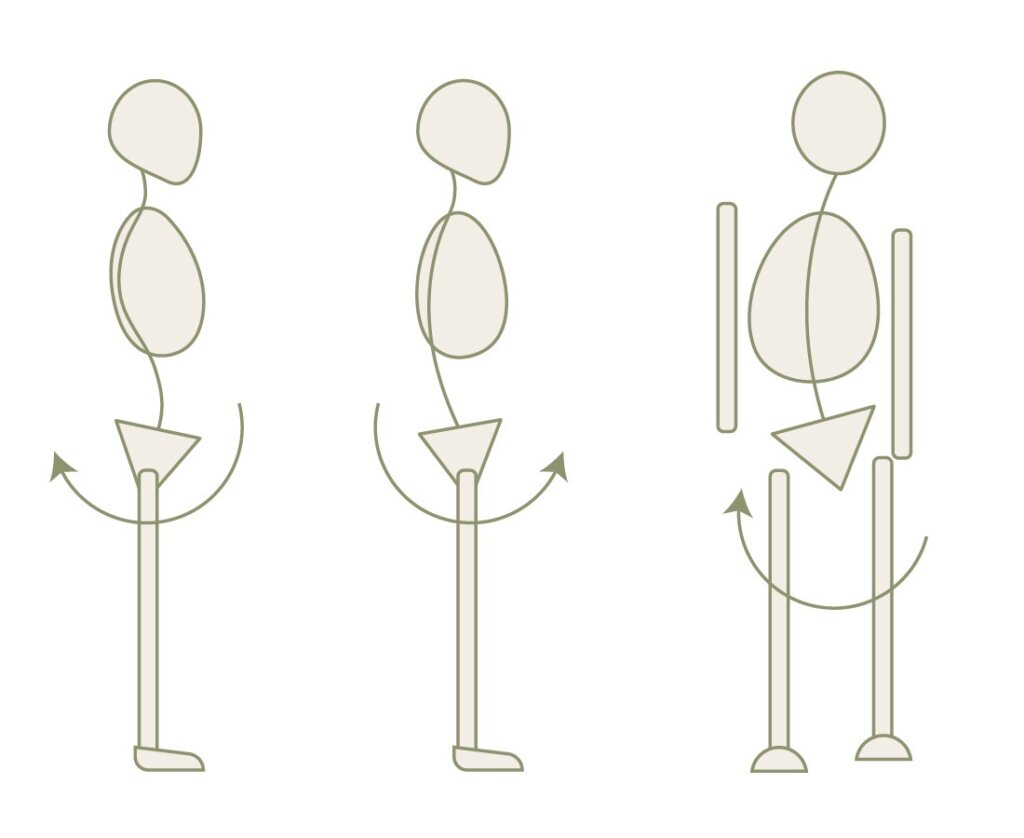Neck and back pain are common conditions people get nowadays. Sometimes the pain would go away quickly but other times it persists and becomes irritating. When people experience pain in the neck that may radiate to the arm, or in the back radiates to the leg (sciatica), it’s not surprising to find herniated discs/bulging discs through CT scans or MRI scans.
What causes a herniated disc?
Discs consist of a soft, gel-like centre surrounded by a firmer outer layer, similar to a jelly doughnut. Over time, the outer layer can degenerate and weaken and develop cracks. A herniated disc occurs when the inner gel-like substance protrudes through these cracks under the action of external forces. The leaked material may then press on the nearby spinal nerves, leading to cervical or lumber pain, numbness, pain in one or both arms/legs and other clinical symptoms.
The fundamental cause of disc herniation is an imbalance in muscle mechanics. According to Chinese Medicine theory, this can be attributed to ‘depletion’ in blood circulation due to aging or poor organ function, which weakens the spinal discs and makes them more susceptible to pressure. Additionally, the body becomes out of alignment from poor posture, repetitive of particular muscle groups or sudden strain from improper lifting or twisting leading to ‘blockages’ and excessive tension buildup in the muscles. These external forces compress the spinal cord, resulting in a protruding disc.
What are the treatments available for herniated discs?
Ways to relieve muscle tension and pain include stretching, exercise, massage and spinal manipulation. In more serious conditions, apart from pain reliever medication or steroid injection that provides temporary relief, surgery is often considered the ultimate solution as it targets the herniated disc directly.
How does Acupuncture help with herniated discs?
In Chinese Medicine theory, the body is considered a unified whole, when there is an imbalance in one part of the body, other areas may be affected. It is important for Chinese Medicine practitioners to assess the body alignment, tongue and pulse to determine where the imbalance is before performing Acupuncture treatments. By stimulating specific acupuncture points on the corresponding stagnant channels and tense muscle groups, practitioners aim to release muscle tension from the deep level that causes the external force on the spine to restore balance. Acupuncture or in combination with Chinese Herbal Medicine, helps to promote overall blood circulation to improve bone and joint strength.

What you can do to maintain a healthy spine:
- Using proper lifting techniques – bend the knees while keeping your back straight instead of bending at the waist. Use leg muscles to support the weight.
- Maintaining a healthy weight – excess weight puts pressure on the lower back
- Practising good posture – reduces strain on the spine
- Stretching- stretch after prolonged sitting
- Wearing comfortable flat shoes- maintain spine alignment
- Exercising – strengthen back and abdomen muscles to support the spine
Discover the natural and effective approach to pain management with Acupuncture and Chinese Medicine treatments. Contact us at info@naturehealsclinic.com or call us at (03) 9816 8866 to learn more.

